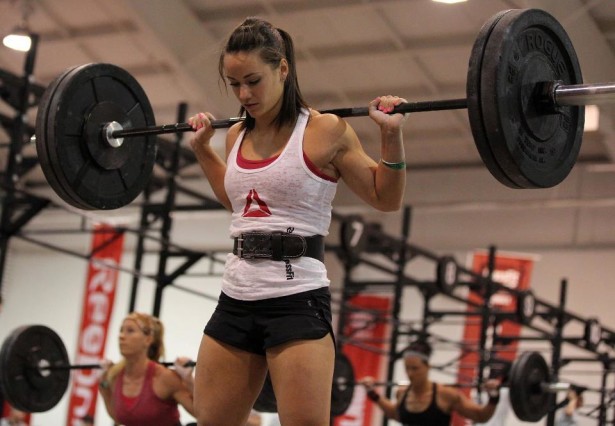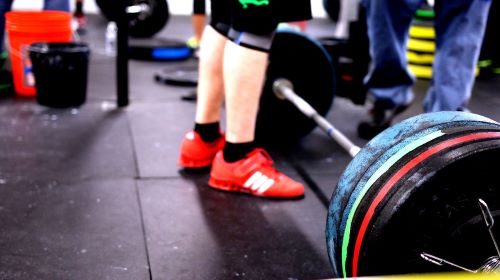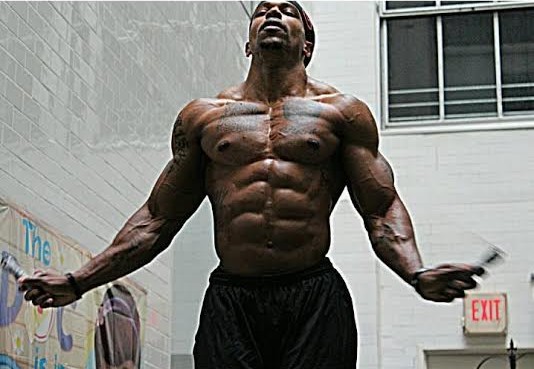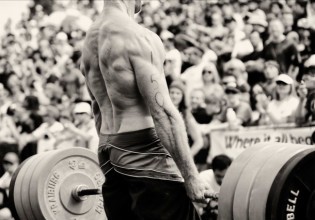Love it or hate it, CrossFit is a household name. It has skyrocketed in popularity within a relatively short span of time to become one of the most packed fitness classes across the country.
With its focus on skill work, Olympic weightlifting, and metabolic conditioning, CrossFit training seems like an athlete’s dream workout. But this isn’t the case.
In fact, CrossFit workouts could potentially stifle the progress of an athlete depending on the sport.
Don’t worry, I won’t be trash-talking CrossFit here.
I want to point out how CrossFit gets it right and promotes weight loss, muscle building, and much more.
But I also want to show how CrossFit workouts, while beneficial for general fitness goals, are not conducive to an athlete’s goals.
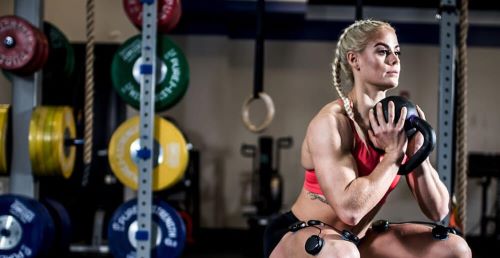
Pros of CrossFit
There’s no denying the benefits of CrossFit. From promoting weight management to building confidence, CrossFit absolutely has its merits.
More Fat Burning
Numerous studies cite the weight loss benefits of CrossFit. One study, in particular, demonstrated how high-intensity exercise intervals significantly increase calorie expenditure by improving both aerobic and anaerobic fitness while lowering insulin resistance.
CrossFit workouts also increase the capacity for fatty acid oxidation (fat burning) in muscle tissue. [1]
Better VO2 Max
Given its focus on metabolic conditioning, studies show that CrossFitters see significant improvements in their VO2 max, which is the maximum amount of oxygen that your body can use during strenuous exercise.
In other words, CrossFit can increase your endurance levels. [2]
Related: 20 Brutal CrossFit Workouts that Will CRUSH You
Increased Muscle Growth
CrossFit workouts can promote muscle growth in a few important ways.
First, the skill work that is performed before the metabolic conditioning tends to be based on Olympic weightlifting or traditional weightlifting exercises such as the barbell back squat, bench press, and deadlift. All of these exercises are compound movements and classic muscle builders.
Second, CrossFit workouts tap into the recommended amount of time under tension and volume for muscle growth.
Lastly, during the metabolic conditioning portion of the workout, traditional muscle-building bodyweight exercises are used such as push-ups, pull-ups, and jump squats. [3]
With the right amount of rest, recovery, and proper nutrition, CrossFit workouts can create an environment that is perfect for muscle hypertrophy.
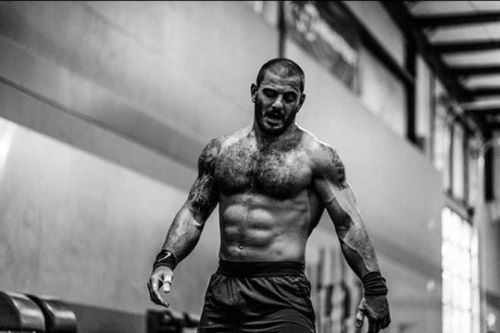
Variety
If you’re someone who tends to get bored of a traditional weightlifting program, CrossFit always keeps you guessing with no two workouts ever being the same within a training program.
You typically revisit certain workouts during testing days, but overall, each day is different, ensuring you never know what’s coming until you show up to the gym.
Community
When it comes to general fitness, I’ve never seen such a tight-knit community as I have in CrossFit.
In general, you can walk into any Box (CrossFit gym) and become part of the family. A sense of belonging is absolutely crucial for predicting long-term adherence and success to a fitness program.
Cons of CrossFit for Athletes
While CrossFit workouts might be a great option for the general fitness population, most coaches and sports experts would not recommend them for their athletes and here’s why:
Not Sports Specific
The primary reason that athletes shouldn’t do CrossFit workouts is that the training lacks sports specificity.
Athletes need to train for their sport, and this sports-specific training entails workouts that are skill-focused.
For example, a basketball player is going to focus on speed, agility, and quickness (SAQ) drills to improve defensive movements on the court. The player will also practice numerous shooting drills.
CrossFit has barbells, not basketballs, and it does not provide sports-specific movements.
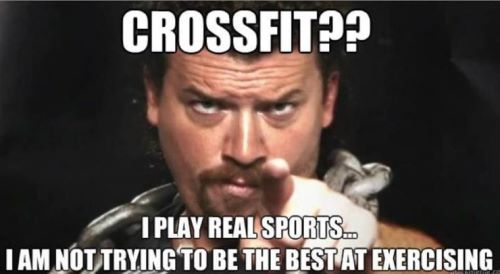
More Conditioning, Not Speed
Continuing with the point above, CrossFit does not improve speed, it improves conditioning. These two are NOT the same thing.
Just because you’re encouraged to go as fast as you can during a CrossFit workout doesn’t mean your speed is going to improve. But you will notice a boost in your endurance.
As mentioned above, this is because CrossFit workouts do not focus on sports-specific drills designed to improve your athletic speed and performance.
If you want to get faster at dribbling on the court while defending against other players, you need to practice those specific SAQ drills.
Related: How Athletes Should Train for Power
Technique Goes Downhill
Anyone who has ever pushed too hard for too long in the weight room knows that the more fatigued you become, the worse your technique gets.
With CrossFit workouts, this is to be expected, and for some, it’s celebrated, and yet, workouts continue at the same pace despite fatigue and bad technique. This sets the stage for…
Increased Risk of Injury
Poor form and technique combined with fatigue can dramatically increase your risk for injury.
It should be noted that some studies have found that CrossFitters don’t experience a higher rate of injury than traditional weightlifters and powerlifters.
With that said, this applies to experienced lifters and not newcomers who are more susceptible to ego-driven lifting, especially in the CrossFit environment. [4]
Why Athletes Shouldn’t Do CrossFit
Want to lose weight, build lean muscle, and increase endurance, CrossFit is perfect.
But if you’re an athlete training for a specific sport, CrossFit is absent of the skill work that applies to you.
How does a basketball player get better at dribbling, defense, and assisting? He practices these skills through drills and active-simulated environments. Barbell cleans aren’t going to help you pass the ball or make that game-winning shot.
With all that said, if you’re an athlete on the off-season looking for a decent cardio workout, give CrossFit a try but once training starts back up again, listen to your coach.
References
- Boutcher SH. High-intensity intermittent exercise and fat loss. J Obes. 2011;2011:868305. doi:10.1155/2011/868305.
- Russomando L, Bono V, Mancini A, et al. The Effects of Short-Term High-Intensity Interval Training and Moderate Intensity Continuous Training on Body Fat Percentage, Abdominal Circumference, BMI and VO2maxin Overweight Subjects. J Funct Morphol Kinesiol. 2020;5(2):41. Published 2020 Jun 10. doi:10.3390/jfmk5020041.
- Burd NA, Andrews RJ, West DW, et al. Muscle time under tension during resistance exercise stimulates differential muscle protein sub-fractional synthetic responses in men. J Physiol. 2012;590(2):351-362. doi:10.1113/jphysiol.2011.221200.
- Feito Y, Burrows EK, Tabb LP. A 4-Year Analysis of the Incidence of Injuries Among CrossFit-Trained Participants. Orthop J Sports Med. 2018;6(10):2325967118803100. Published 2018 Oct 24. doi:10.1177/2325967118803100.

David J. Sautter has combined a lifelong passion for writing with over a decade of experience as an NASM-certified personal trainer, fitness-nutrition specialist, and sports-conditioning specialist. David has written hundreds of blog posts as well as dozens of e-books, training guides, and online courses covering a range of health and fitness topics. In his free time, David enjoys writing about staying fit while traveling abroad for his blog, FitnessWanders.com. Learn more about David Sautter at WriteFit.com.



